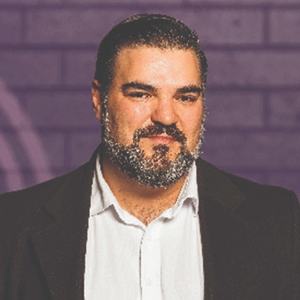THANK YOU FOR SUBSCRIBING
Editor's Pick (1 - 4 of 8)

Digital Maturity For A Successful Tomorrow
William Confalonieri, Vice-President and Chief Digital officer, Deakin University


William Confalonieri, Vice-President and Chief Digital officer, Deakin University
A digital mindset challenges organizational arrangements and improves their characteristics, performance and essence, essential initiative for a sustainable digital future
Weekly Brief
I agree We use cookies on this website to enhance your user experience. By clicking any link on this page you are giving your consent for us to set cookies. More info
Read Also













